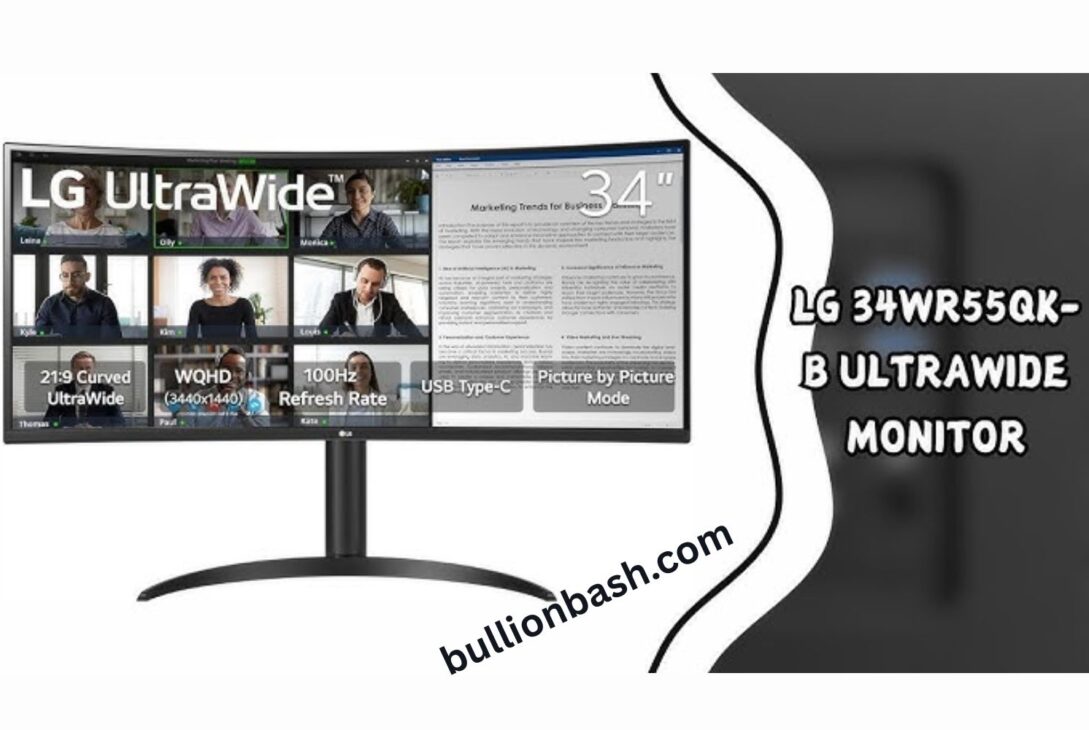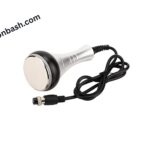Intro of LG 34WR55QK-B Mirror Instructions Video
If you just grabbed the LG 34WR55QK-B Mirror Instructions Video and you’re wondering how to get your screen mirrored, here’s the short version: plug in your device (USB-C, HDMI, or DisplayPort), open your display settings, and choose “Mirror” or “Duplicate.” That’s it. Most of the time, it works straight out of the box. If you’re looking for more details, step-by-step directions for Windows, Mac, iPhone, Android, plus a handy video guide, just keep reading.
What Does “Mirroring” Actually Mean?
When people say “mirror,” they usually mean:
- Showing the exact same screen on your computer/phone and the monitor.
- Useful for presentations, teaching, or if you just don’t like twisting your neck at a laptop screen.
- Different from “extend” (which gives you a second screen to drag windows onto).
- Not the same as PBP (Picture-by-Picture) — that’s more like splitting the monitor into two halves for two devices.
Think of mirroring like holding up two mirrors side by side: both show the same thing at the same time.
How to Mirror from a Windows Laptop or PC
Wired Connection (HDMI, DisplayPort, or USB-C)
- Connect your laptop/PC to the monitor with the cable.
- On your keyboard, press Win + P.
- A sidebar pops up — pick “Duplicate.”
- Done. Your monitor should now show the exact same screen as your laptop.
💡 Tip: Make sure the cable supports the full resolution (3440×1440) and refresh rate (up to 100Hz). Cheap HDMI cables often get stuck at 60Hz.
Wireless Connection (Miracast)
- On Windows 10/11, press Win + K.
- Pick your wireless display (like a Miracast adapter or dongle).
- Choose “Duplicate.”
- Keep in mind: wireless mirroring can lag — don’t expect smooth gaming.
How to Mirror from a MacBook or iMac
USB-C or HDMI Connection
- Connect the cable.
- On your Mac, go to System Settings → Displays.
- Check the box “Mirror Displays.”
- If the image looks fuzzy, adjust the scaling to 3440×1440.
💡 Macs sometimes default to scaled resolutions — don’t panic if text looks huge or tiny. Just tweak the scaling until it feels right.
How to Mirror from an iPhone or iPad
Wired with Adapter
- Grab a Lightning-to-HDMI adapter (official Apple ones are more reliable).
- Plug adapter → HDMI cable → monitor.
- Your iPhone screen should instantly mirror.
Wireless with AirPlay
- If you’ve got an Apple TV or AirPlay-enabled device connected to the monitor, swipe down → Screen Mirroring → pick the device.
- Note: The monitor itself doesn’t natively support AirPlay. You’ll need an extra box (Apple TV, Chromecast, etc.).
How to Mirror from an Android Device
USB-C to HDMI (Wired)
- Many newer Android phones with USB-C (DP Alt Mode) can output video directly.
- Plug USB-C → HDMI cable → monitor.
- The screen should pop up instantly.
Wireless Casting
- Use Chromecast or Miracast.
- Go to your phone’s “Cast” option → select your display adapter.
- Choose mirroring.
Using Picture-by-Picture (PBP) Mode
This monitor’s wide aspect ratio makes it great for PBP:
- Press the monitor’s joystick button → go to PBP menu.
- Select “On.”
- Plug two devices in (say, a work laptop and a console).
- The screen splits into two equal parts.
This isn’t “mirroring,” but lots of people confuse the two.
Best Cables and Adapters to Use
Here’s a quick rundown:
| Device Type | Best Connection | Notes |
| Windows Laptop | HDMI 2.0 / DP | Use Win + P for mirroring |
| MacBook | USB-C to USB-C | Supports charging + video |
| iPhone/iPad | Lightning to HDMI | Needs Apple adapter |
| Android Phone | USB-C to HDMI | Make sure phone supports DP Alt Mode |
💡 Rule of thumb: spend a little more on a proper cable. It saves hours of troubleshooting.
Common Problems & Quick Fixes
- No Signal? → Check input source in the monitor’s menu.
- Weird resolution or black bars? → Force 3440×1440 in display settings.
- Refresh rate stuck at 60Hz? → Use DisplayPort or a certified HDMI 2.0 cable.
- No sound from monitor speakers? → Go to sound settings → pick the monitor as the output device.
- Mac screen blurry? → Adjust scaling under Displays.
Official Resources Worth Checking
- LG product page & support site (manual downloads).
- LG’s official YouTube tutorials.
- Microsoft guide on Windows “Duplicate” displays.
- Apple support for mirroring and display settings.
FAQs
Can I mirror wirelessly without extra hardware?
On Windows, yes (Miracast). On Mac/iPhone, not directly — you’ll need an Apple TV or Chromecast.
Does the monitor support AirPlay directly?
Nope. It’s just a monitor, not a smart TV.
Can I mirror two devices at once?
Not really — but you can use PBP to show them side by side.
Mirror vs Extend — which is better?
Depends. Mirror if you want the same view, extend if you want more workspace.
Conclusion
At the end of the day, mirroring on this ultrawide is pretty straightforward. Plug in the right cable, hit a couple of settings, and you’re done. Whether you’re on Windows, Mac, iPhone, or Android, the steps aren’t complicated once you know where to click. If you still get stuck, LG’s support page and YouTube tutorials are solid backups. Hopefully, this breakdown — and the LG 34WR55QK-B Mirror Instructions Video — helps you get things working without headaches.


